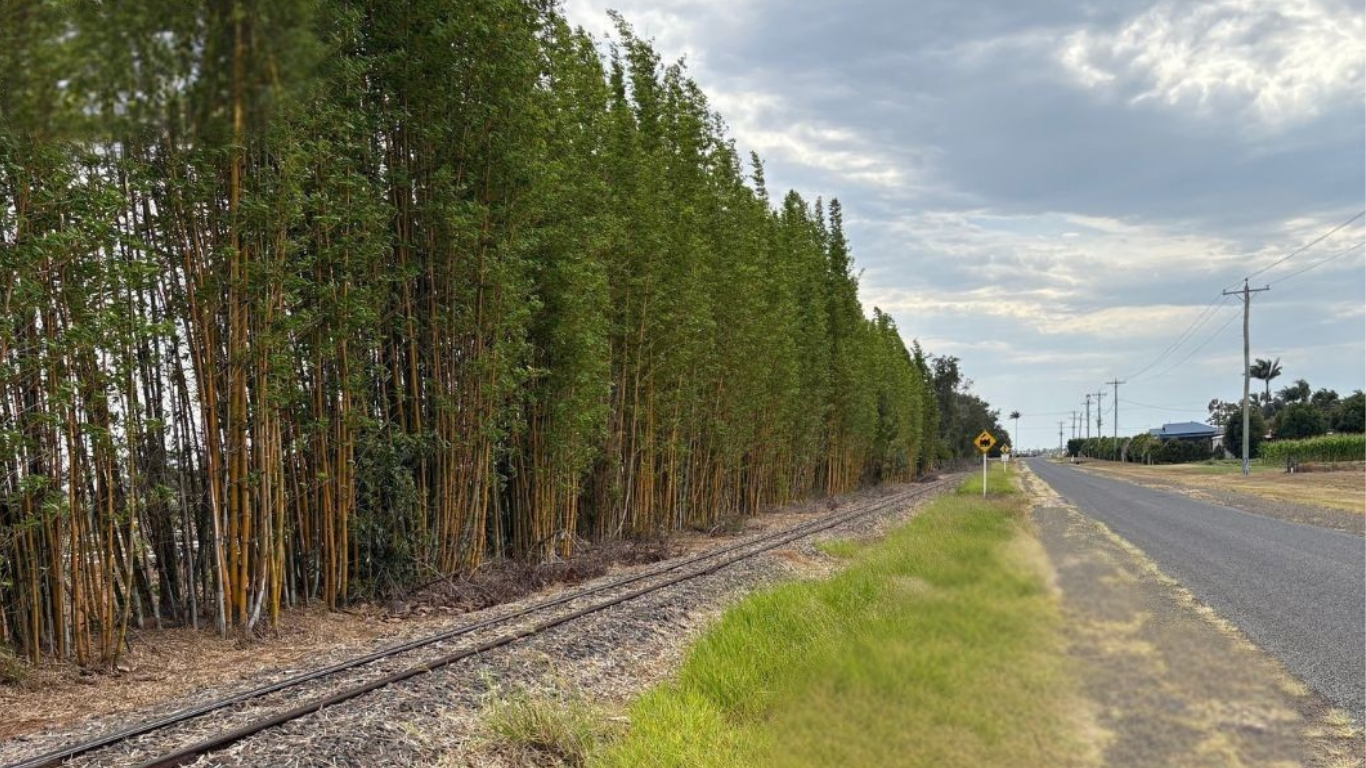
Enhanced Weed Control with Monteray (Manta Ray)
A Case Study on Road and Rail Networks
Maintaining Australia's road and rail networks requires asset owners and managers to prioritise effective weed control. Keeping these areas clear of weeds is crucial. In many areas, the local water sources can be alkaline in nature. This often hinders the efficacy of herbicides, leading to ineffective weed management and increased maintenance costs.
This study shows how Monteray (Manta Ray) helps asset owners and managers control alkaline water sources effectively. Managers have used their knowledge of the product to stop future problems and make weed control better.
The Problem: Alkaline Water Hindering Weed Control
Identifying the Issue
Asset owners and managers were consistently struggling to achieve efficient weed control. They noticed that weak acid herbicides were not performing as expected. Mixing these products with the alkaline water sourced for herbicide application compromised the effectiveness of weed control efforts. This lead to persistent weed infestations and reduced herbicide effectiveness along road and rail networks.
Evaluating Existing Practices
Recognising the problem, asset owners and managers evaluated their existing herbicide application practices. It became evident that the alkaline nature of the water source was interfering with the performance of herbicides. This newfound understanding prompted an evaluation of the herbicide application system.
Implementing the use of Monteray (Manta Ray)
Understanding Monteray (Manta Ray)
Manta Ray is an aquatically approved surfactant and acidification solution for spray tanks. A key function of Monteray (Manta Ray) is to act as a water acidifier. It reduces the pH of the spray tank solution. Lowering the pH will reduce losses caused by alkaline hydrolysis and assists with the uptake of weak acid herbicides.
It contains a blend of organic acids and non-ionic surfactants that acidify water and manage spray droplets. This creates a more favourable environment for herbicides to reach their target and work efficiently.
Manta Ray is compatible with a wide range of herbicides.
Follow this link for more information on Monteray (Manta Ray).
Customised Application Plans
Asset owners and managers developed customised herbicide application plans that added Monteray (Manta Ray) into their existing programs. Key strategies included:
-
Water Testing: Conducting water tests to determine pH levels and alkalinity before herbicide application.
-
Manta Ray Application: Adding Monteray (Manta Ray) based on these test results to achieve the desired pH levels.
-
Optimal Herbicide Timing: Coordinating herbicide applications with the use of Manta Ray to ensure maximum effectiveness.
Monitoring and Adaptation
Regular monitoring of weed populations and herbicide performance allowed asset owners and managers to adapt their strategies as needed. Asset owners and mangers collected and analysed data to identify areas where additional intervention might be necessary.
Results and Benefits
The implementation of Monteray (Manta Ray) brought about significant benefits:
-
Improved Herbicide Efficacy: Manta Ray effectively reduced water alkalinity, enhancing the performance of herbicides and leading to more consistent weed control.
-
Cost Savings: Reduced herbicide usage and improved control decreased maintenance costs.
-
Enhanced Safety: Effective weed control improved visibility and safety along road and rail networks.
-
Infrastructure Protection: Preventing weed encroachment protected critical infrastructure from damage, ensuring its longevity.
Preventing Future Water Alkalinity Issues
To prevent future issues related to water alkalinity hindering herbicide efficacy, asset owners and managers put in place several preventative measures:
-
Regular Water Testing: Continual water testing to monitor pH levels and alkalinity, allowing for timely adjustments with Manta Ray.
-
Education and Training: Regular training for maintenance crews on water management and the benefits of using Manta Ray.
-
Strategic Planning: Developing long-term herbicide application strategies that incorporate water management and consider changing environmental conditions.
This case study illustrates how to successfully address the issue of water alkalinity hindering weed control. By improving water quality for herbicide application, critical infrastructure is protected. In addition to this, safety and cost-effectiveness is also improved. This proactive approach is a model for sustainable weed management, ensuring long-term benefits and infrastructure preservation.
Additional content
VIEW GWS' ADDITIONAL CONTENT TO LEARN MORE ABOUT THE WEED INDUSTRY

Australia’s approach to wildlife and pest management is increasingly complex. What was once framed as a largely technical or ecological challenge now sits firmly at the intersection of environmenta...
Read more
Smarter growth management with Padre 270 for linear infrastructure and managed vegetation zones
As Australia’s linear-infrastructure networks expand, there is increasing need for low-impact, reliable and cost-effective vegetation management strategies. Padre 270 provides a practical, research...
Read more
Leucaena leucocephala: Weed Hygiene Case Study
Australia’s transport corridors are not just conduits for commerce—they are vectors for biological change. Leucaena leucocephala, valued as a forage crop, also threatens to invade new environments ...
Read more

